When beginning the quest to discover the best microphone for recording vocals, it’s crucial to recognize that the appropriate mic has the power to transform your voice from mundane to magnificent.
Some mics offer a flat, natural sound, while others add a certain character or warmth to the vocals. This choice depends on your personal preference and the style of music you’re recording. Lastly, budget plays a significant role in your decision.
In summary, selecting the microphone is a balance of understanding your vocal needs, the technical specifications of the microphone, and how much you’re willing to invest. With the right microphone, your vocals can truly shine and stand out in any mix.
Our Best MicrophonePicks
We provide our product links with Amazon assurance whenever possible.
Best Microphone Overall: Rode NT1
The Rode NT1 is offering unparalleled quality in its class. Renowned for its clarity and durability, this microphone is a favorite among vocalists and audio engineers alike.
Its ability to capture every nuance of the voice makes it a top choice for those seeking professional-grade recording at home or in the studio.
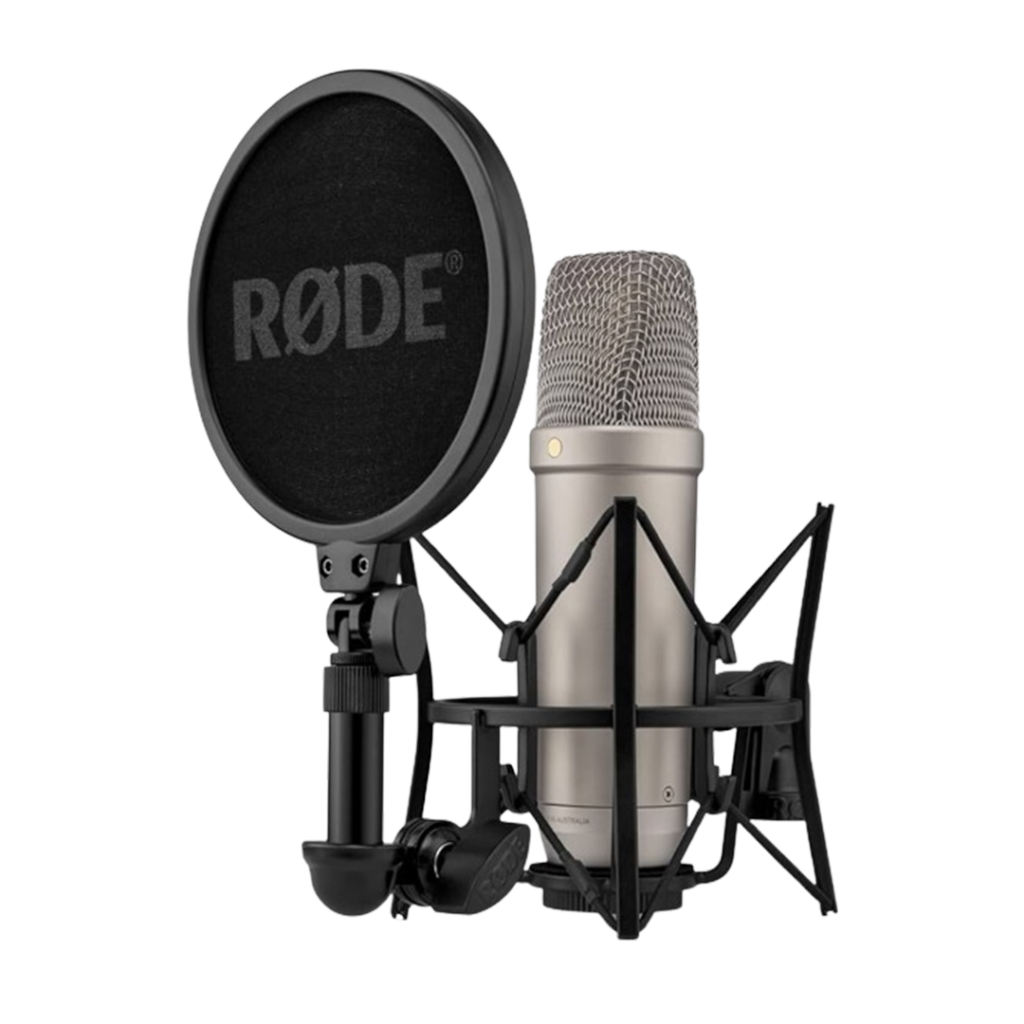

Specifications:
- Type: Large-diaphragm condenser
- Polar Pattern: Cardioid
- Frequency Range: 20 Hz to 20 kHz
- Maximum SPL: 132 dB SPL
- Output Impedance: 100Ω
- Self-Noise: 4.5dB(A)
- Sensitivity: High
- Connectivity: XLR
Who Is It For?
The Rode NT1 is the microphone for both budding and seasoned artists. Its exceptional clarity and high sensitivity make it ideal for capturing a wide range of vocal styles, from soft whispers to powerful belts.
The low self-noise ensures that recordings are crisp and clean, making it perfect for home studios where background noise can be a concern. Its versatility extends beyond vocals, adept at recording instruments with precision. Whether you’re a singer-songwriter, podcaster, or voice-over artist, the Rode NT1 offers professional quality that elevates your audio production.
Its requirement for phantom power and lack of USB connectivity means it’s best suited for those with some recording experience and access to additional equipment like audio interfaces. However, its straightforward operation makes it accessible even to those new to studio recording, seeking the microphone to bring their audio projects to life.
Best for Special Mention: Shure SM7B
The Shure SM7B is renowned for its rich, clear sound and robust build quality. This dynamic mic is a favorite in studios and broadcasting, offering unparalleled vocal clarity. Its versatility and superior noise rejection make it a top choice for both professional and home studios.
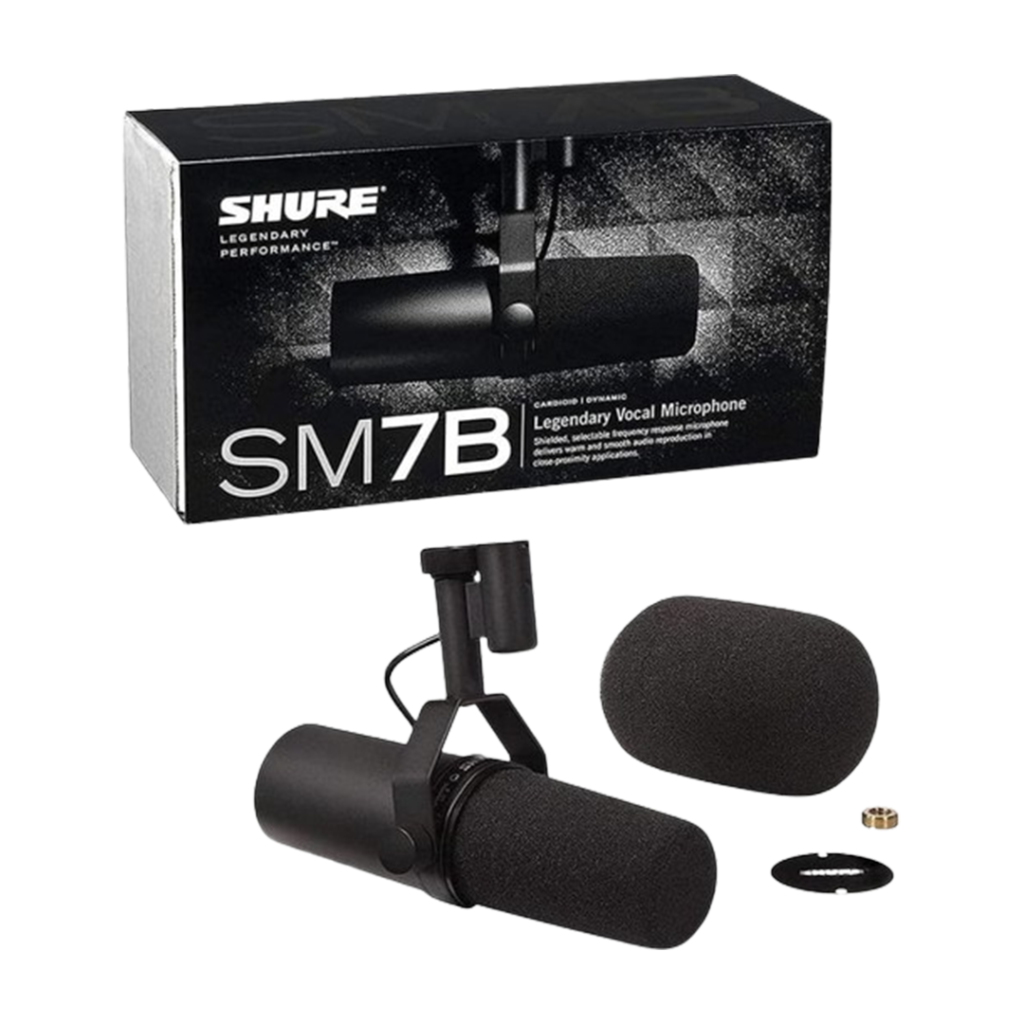

Specifications:
- Type: Dynamic Vocal Microphone
- Frequency Response: 50Hz-20kHz
- Polar Pattern: Cardioid
- Output Impedance: 150 ohms
- Sensitivity: -59 dBV/Pa
- Electromagnetic Hum Sensitivity: Exceptionally low
- Max SPL: High, suitable for loud sources
- Connectivity: XLR 3-Pin
Who Is It For?
The Shure SM7B is ideal for a wide range of users in the United States. It’s perfect for podcasters, streamers, and vocalists who demand professional-grade sound quality. Its rich and clear audio output makes it a staple in radio studios and for voice-over artists.
The microphone’s superior noise rejection capabilities ensure pristine vocal recordings, even in less-than-ideal acoustic environments, making it a great choice for home studios. Its robust build quality appeals to those who need a reliable, long-lasting microphone.
Whether you’re recording music, podcasts, or doing voice-overs, the Shure SM7B offers the versatility and quality needed to produce outstanding results. Its only caveat is the need for additional gain, which can be easily managed with the right setup, making it a worthy investment for anyone serious about achieving the best vocal recordings.
Best Microphone – Premium: AKG C414 XLII
The AKG C414 XLII is offering unparalleled quality and versatility. Renowned for its exceptional sound clarity and adaptability, this microphone is a top choice for professionals seeking premium audio performance. Its iconic status in the recording industry is a testament to its reliability and superior sound reproduction capabilities.
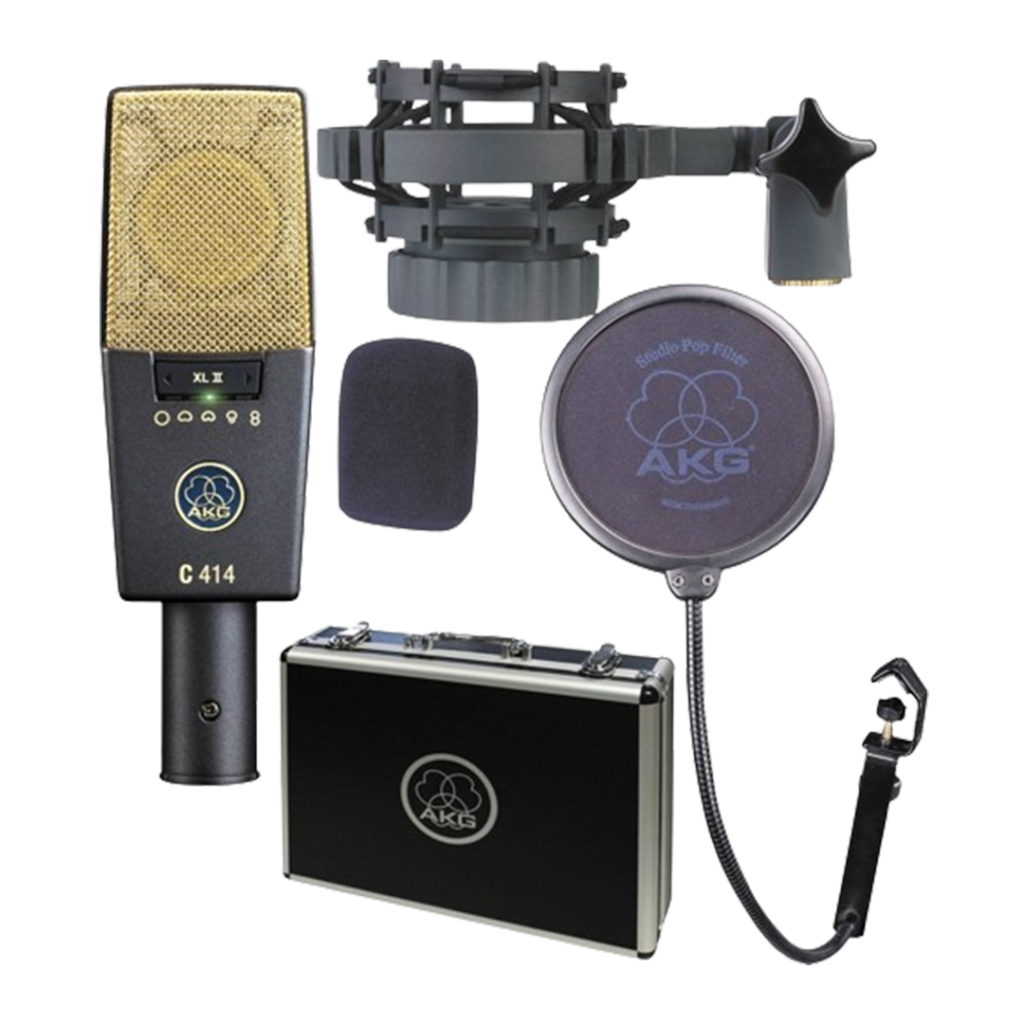

Specifications:
- Frequency Response: 20Hz – 20kHz
- Polar Patterns: 9, Selectable (including Cardioid, Omnidirectional, and Figure-8)
- Diaphragm Size: 1″ (25.4mm)
- Sensitivity: 23mV/Pa
- Signal-to-Noise Ratio: 88dB-A
- Bass Cut Filter: 3, Selectable (40Hz, 80Hz, 160Hz)
- Preattenuation Pad: 3, Selectable (-6dB, -12dB, -18dB)
- Electrical Impedance: 200 Ohms
Who Is It For?
The AKG C414 XLII is the microphone for audio professionals and serious enthusiasts who demand the highest quality in vocal recording. Its wide range of selectable polar patterns makes it incredibly versatile, suitable for capturing nuanced vocal performances in various settings, from intimate studio sessions to live performances.
The microphone’s expansive frequency response ensures that every detail of the vocal performance is captured with clarity and precision. Its high signal-to-noise ratio means that recordings are crisp and free of unwanted background noise, making it ideal for studio environments where quality cannot be compromised.
Whether you’re a seasoned recording artist, a budding vocalist, or a studio engineer, the AKG C414 XLII offers the precision, clarity, and flexibility needed to produce professional-grade recordings. Its premium features, however, mean it’s more suited for those who are serious about their sound and willing to invest in top-tier equipment.
Best Microphone – Budget Premium: AKG C214
This microphone, renowned for its high-end performance at a mid-range price, offers exceptional clarity and versatility, making it a go-to choice for both budding and experienced vocalists.
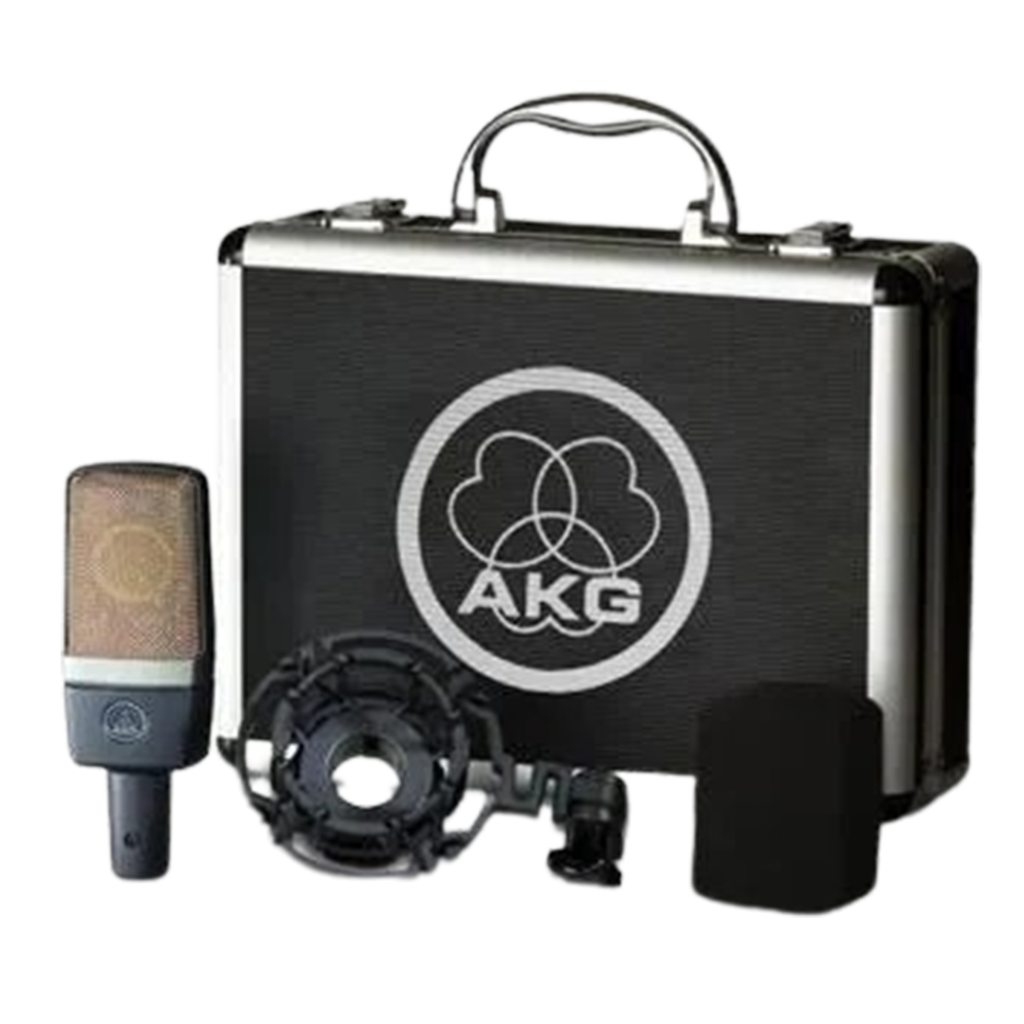

Specifications:
- Polar Pattern: Cardioid
- Frequency Response: 20Hz-20kHz
- Max SPL: 136dB (156dB with Pad)
- Diaphragm Size: 1″ (25.4mm)
- Equivalent Noise Level: 13 dB-A
- Sensitivity: 20 mV/Pa
- Electrical Impedance: 200 Ohms
- Recommended Load Impedance: 1000 Ohms
Who Is It For?
The AKG C214 is the microphone for a wide range of users, from home studio enthusiasts to professional recording artists in America. Its cardioid pattern makes it ideal for vocalists who need a focused pickup, minimizing room noise and feedback.
The wide frequency response ensures that every nuance of the voice is captured, from the deep lows to the sparkling highs. The high SPL handling capability makes it suitable for loud vocalists or for use with a variety of instruments. Its affordability makes it accessible for those who are just starting their recording journey but want a microphone that won’t compromise on quality.
Whether you’re recording soulful ballads, energetic rock, or detailed spoken word, the AKG C214 offers the clarity and versatility needed to make your vocals stand out. Its ease of use and robust build quality also make it a reliable choice for those who demand consistent performance session after session.
Best Microphone – Budget: Audio Technica AT2020
Ideal for budding musicians and podcasters, this microphone brings professional-grade recording within reach, making it a go-to choice for those starting their audio journey.
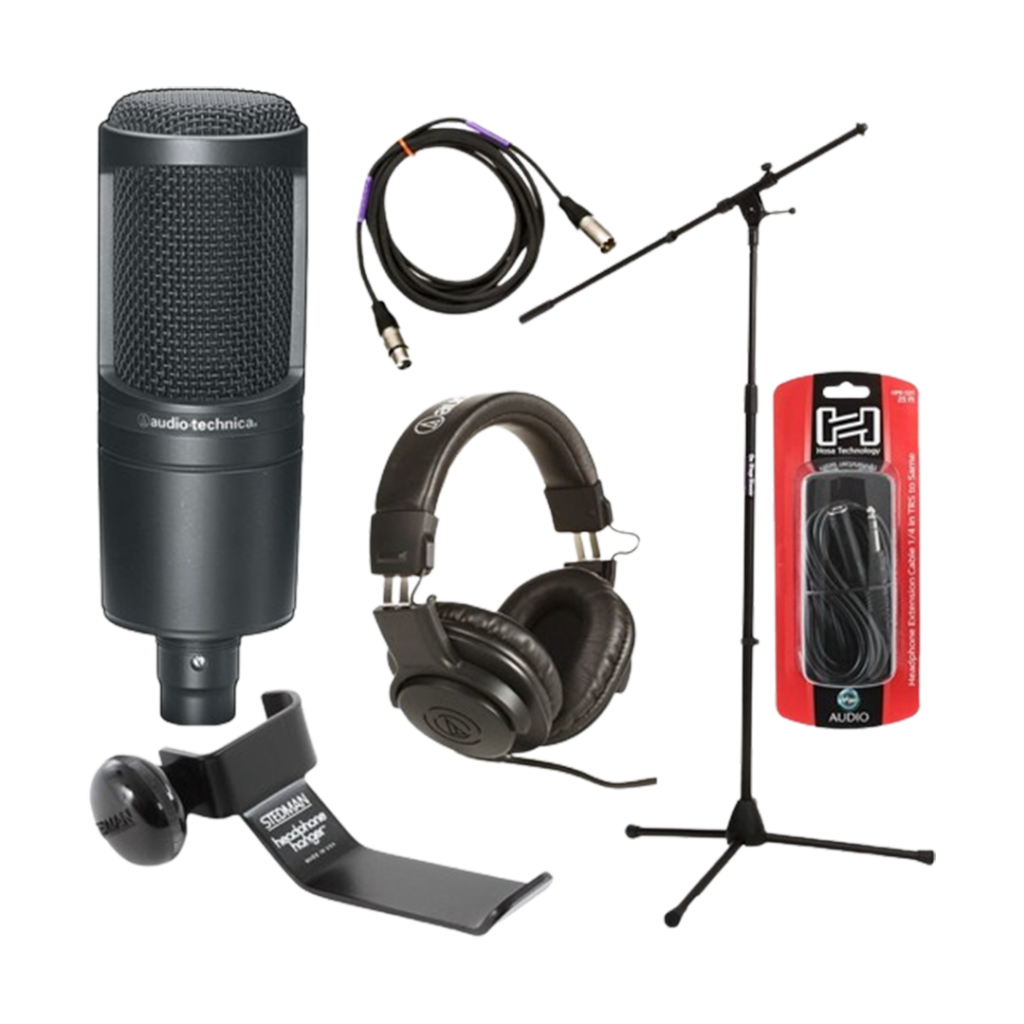

Specifications:
- Type: Condenser
- Polar Pattern: Cardioid
- Frequency Response: 20Hz-20kHz
- Max SPL: 144dB
- Output Impedance: 100 ohms
- Sensitivity: -37 dB (14.1 mV) re 1V at 1 Pa
- Weight: 12.1 oz (343 g)
- Dimensions: ø: 2.05 x L: 6.38″ (ø: 5.21 x L: 16.21 cm)
Who Is It For?
The Audio Technica AT2020 is the microphone for those stepping into the world of audio recording without breaking the bank. It’s perfect for home studio enthusiasts, podcasters, and musicians who need a reliable, high-quality mic that captures clear, detailed sound.
Its wide frequency response and high SPL handling make it versatile for various vocal styles and instruments. Whether you’re recording your first song, starting a podcast, or simply exploring the art of sound, the AT2020 offers a balance of quality and affordability. It’s an ideal choice for anyone looking to achieve professional-level recordings without the professional-level price tag.
Best Microphone – Style: Aston Microphones Origin
Aston Microphones Origin, renowned for its stylish design, is a top contender for the microphone. Its unique blend of aesthetic appeal and superior sound quality makes it a favorite among vocalists and recording artists. The Origin’s ability to deliver clear and natural sound, coupled with its eye-catching design, sets it apart in the world of vocal microphones.
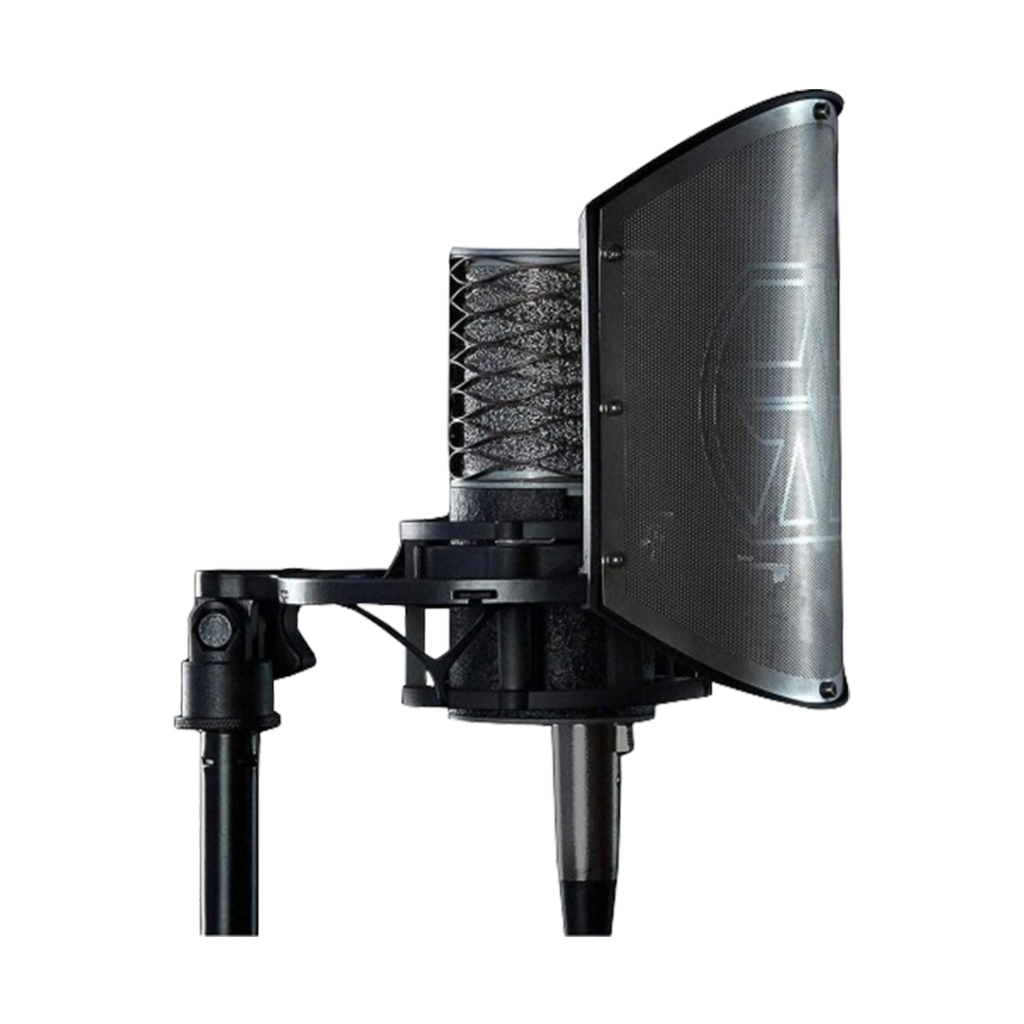

Specifications:
- Diaphragm Size: 1″ gold evaporated
- Polar Pattern: Cardioid
- Frequency Response: 20Hz-20kHz (+/-3dB)
- Max SPL: 127dB SPL
- Signal to Noise Ratio: 76dB (A weighted)
- Body: Wave-form mesh head
Who Is It For?
The Aston Microphones Origin is the microphone for artists and creators who value both style and substance in their recording equipment. Its sleek design and natural sound quality make it a standout choice for vocalists, podcasters, and voice-over artists who want their setup to look as good as it sounds.
The built-in pop filter and direct-to-stand mounting offer convenience and ease of use, ideal for those setting up a home studio or a portable recording setup. While its single cardioid polar pattern and limited SPL handling may not suit every recording situation, it excels in capturing vocals with clarity and warmth.
The Origin is perfect for those who are starting their journey in audio recording or seasoned professionals looking for a microphone that combines performance with a striking visual appeal.
Best Microphone for Stage Use: Shure SM58
The Shure SM58, renowned as the microphone, especially for stage use, is a legend in the music industry. Its durability, reliability, and exceptional sound quality make it a top choice for artists and sound engineers alike. This iconic mic, with its unmistakable presence, has been the go-to choice for live performances for decades.
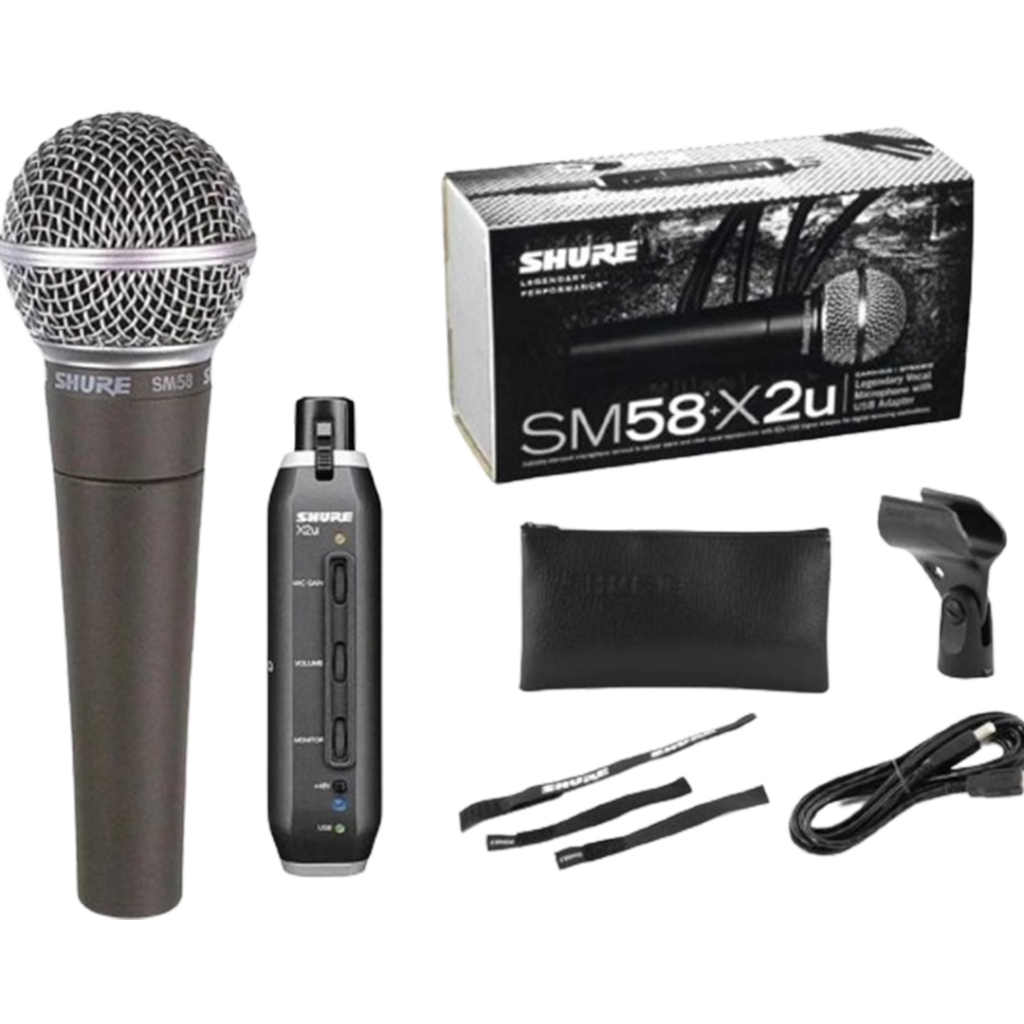

Specifications:
- Type: Dynamic (moving coil)
- Frequency Response: 50 to 15,000 Hz
- Polar Pattern: Cardioid
- Output Impedance: 300 Ω
- Sensitivity: -54.5 dBV/Pa (1.85 mV)
- Connector: XLR
- Weight: 298 grams
Who Is It For?
The Shure SM58 is the microphone, particularly for those who perform live on stage. Its rugged construction withstands the rigors of touring, making it a reliable companion for musicians and vocalists.
The cardioid pattern excellently isolates the main sound source while minimizing background noise, ensuring clear and powerful vocal performance. Whether you’re a rock singer belting out high-energy songs, a soulful artist conveying deep emotions, or a speaker addressing a large audience, the SM58 adapts to your needs, delivering consistent quality every time.
Its straightforward design, devoid of complex features, makes it user-friendly for both seasoned professionals and aspiring artists. If you’re looking for a microphone that promises durability, quality, and clarity for live performances, the Shure SM58 is your go-to choice.
What is difference between Dynamic Microphones and Condenser Microphones?
Dynamic Microphones
- Design and Working Principle:
- Dynamic microphones use a simple design with a diaphragm, voice coil, and magnet. Sound waves hit the diaphragm, causing the voice coil attached to it to move within the magnetic field, generating an electrical signal.
- They are often less sensitive and provide a more limited frequency response compared to condenser mics.
- Durability and Reliability:
- Generally more rugged and able to withstand rough handling and high sound pressure levels.
- Ideal for live performances and situations where the microphone might be subject to drops or rough use.
- Power Requirements:
- Do not require external power (phantom power or batteries).
- Sound Characteristics:
- Often have a warmer, more rounded sound.
- Less sensitive to subtle sound nuances, making them less prone to picking up background noises.
- Typical Uses:
- Commonly used for live vocals, drums, guitar amplifiers, and other instruments in live and studio settings.
Condenser Microphones
- Design and Working Principle:
- Use a capacitor (consisting of a diaphragm and a backplate) to convert acoustic energy into an electrical signal.
- Require external power (phantom power or batteries) to maintain an electrical charge between the components.
- Sensitivity and Frequency Response:
- More sensitive and capable of capturing a wider range of frequencies and subtle sound nuances.
- Better suited for capturing fine details in sound, making them ideal for studio recordings.
- Durability:
- Generally more delicate and sensitive to rough handling.
- Can be damaged by very high sound pressure levels.
- Sound Characteristics:
- Tend to produce a clearer, more accurate representation of sound.
- More prone to picking up background noise due to their sensitivity.
- Typical Uses:
- Often used in studio settings for vocals, acoustic instruments, overhead drum miking, and room ambiance.
Summary
- Dynamic Microphones: More durable, less sensitive, ideal for live performances and handling loud sources.
- Condenser Microphones: More sensitive, greater frequency response, ideal for studio recordings and capturing detailed sound.
What are microphone polar patterns?
- Cardioid:
- Picks up sound primarily from the front.
- Minimizes sound from the sides and rear.
- Ideal for isolating sound from a single source in noisy environments.
- Super-Cardioid and Hyper-Cardioid:
- Similar to cardioid but with a narrower area of sensitivity from the front.
- Picks up some sound from the rear.
- Useful for more focused sound pickup, reducing ambient noise.
- Omnidirectional:
- Captures sound equally from all directions.
- No directional focus, making it ideal for capturing overall room sound.
- Not suitable for isolating a single sound source.
- Bidirectional/Figure-8:
- Picks up sound from the front and rear, but not the sides.
- Useful for recording two sources facing each other, like a duet or interview.
- Shotgun:
- Extremely directional with a very narrow pickup area in front.
- Used for capturing sound from a distance.
- Common in film and theater production.
- Switchable/Multi-Pattern:
- Some microphones offer switchable patterns, allowing users to select different polar patterns depending on the situation.
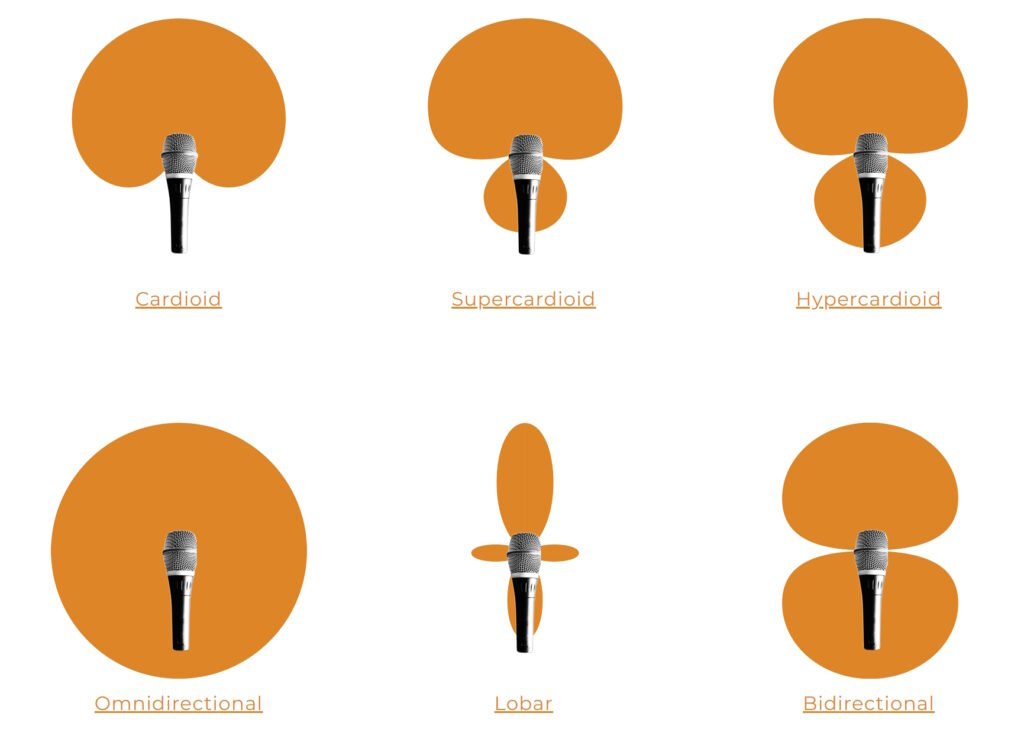

What I Wish I Knew Before I Got The Best Microphone for Recording Vocals?
- Consider Distance, Mic Height, Mic Angle:
- Adjust the distance between the singer and the mic (2 inches for dynamic mics, 6 inches for condenser mics).
- Mic height affects frequency response (lower for more bass, higher for more treble).
- Angle the mic slightly off-center to reduce sibilance and plosives.
- How to Avoid Reflected Sound in a Room:
- Place the mic away from walls and avoid the center of the room to minimize reflected sound.
- How To Get Rid of Unwanted Plosives:
- Roll off the bottom EQ around 100 Hz and use a pop filter to control plosives.
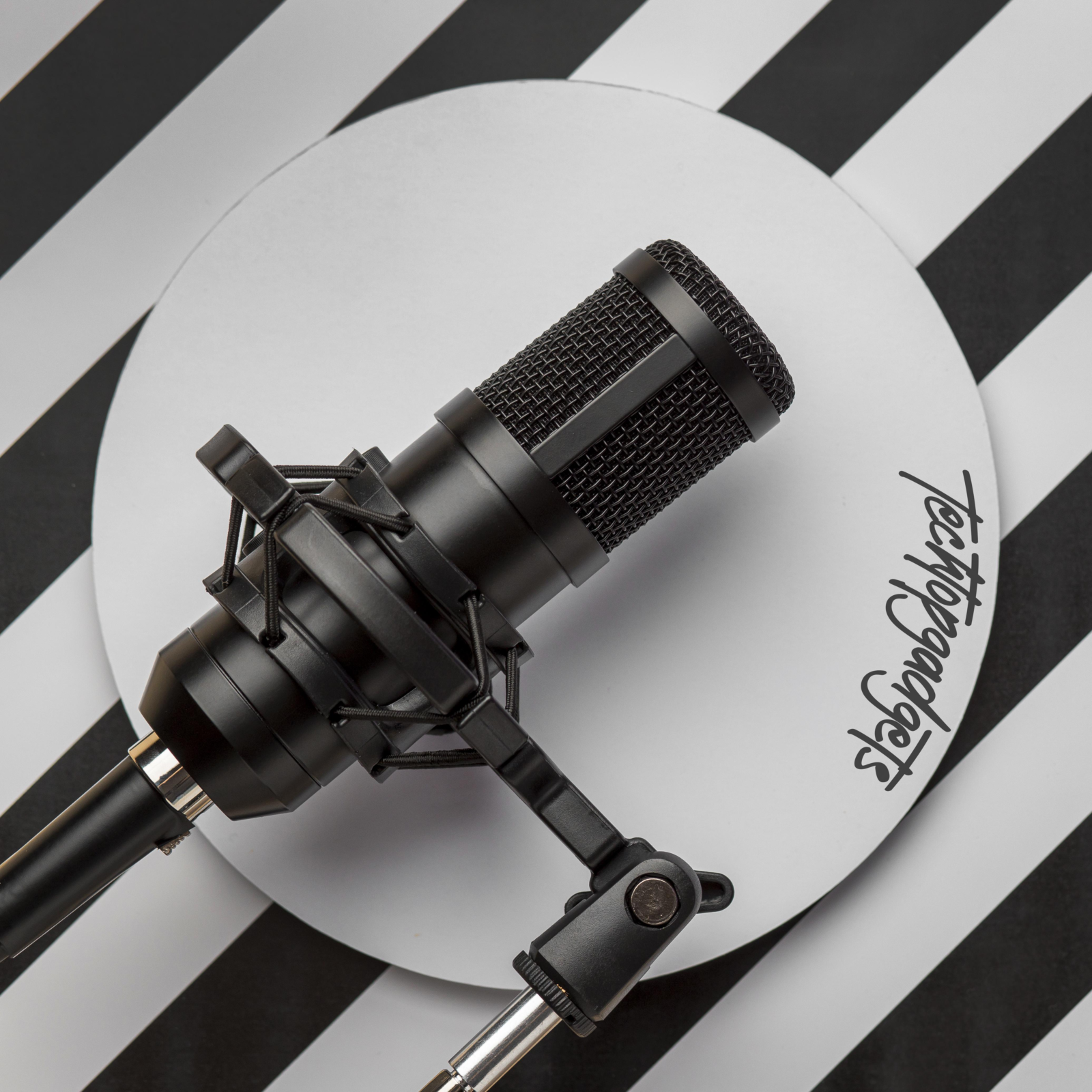
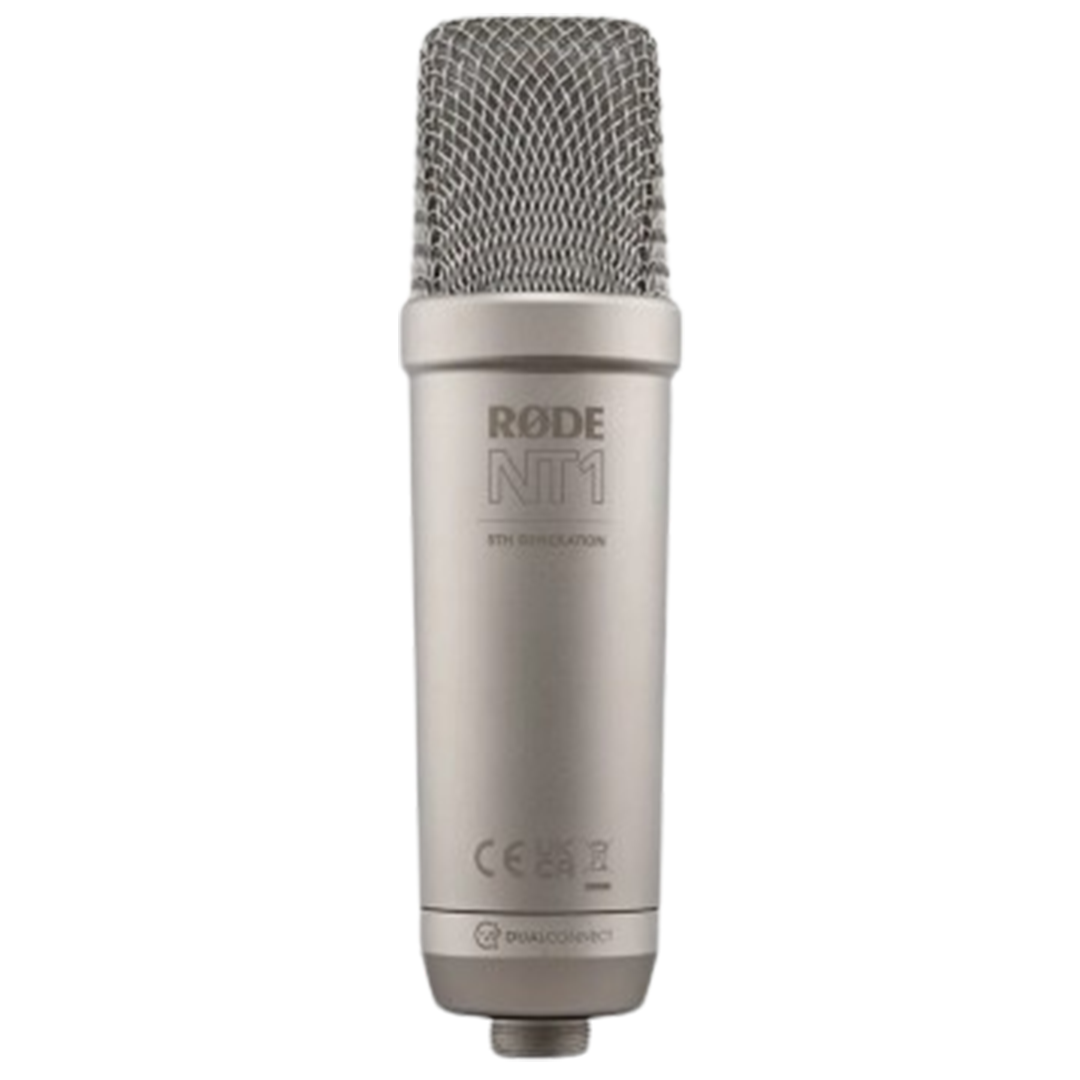
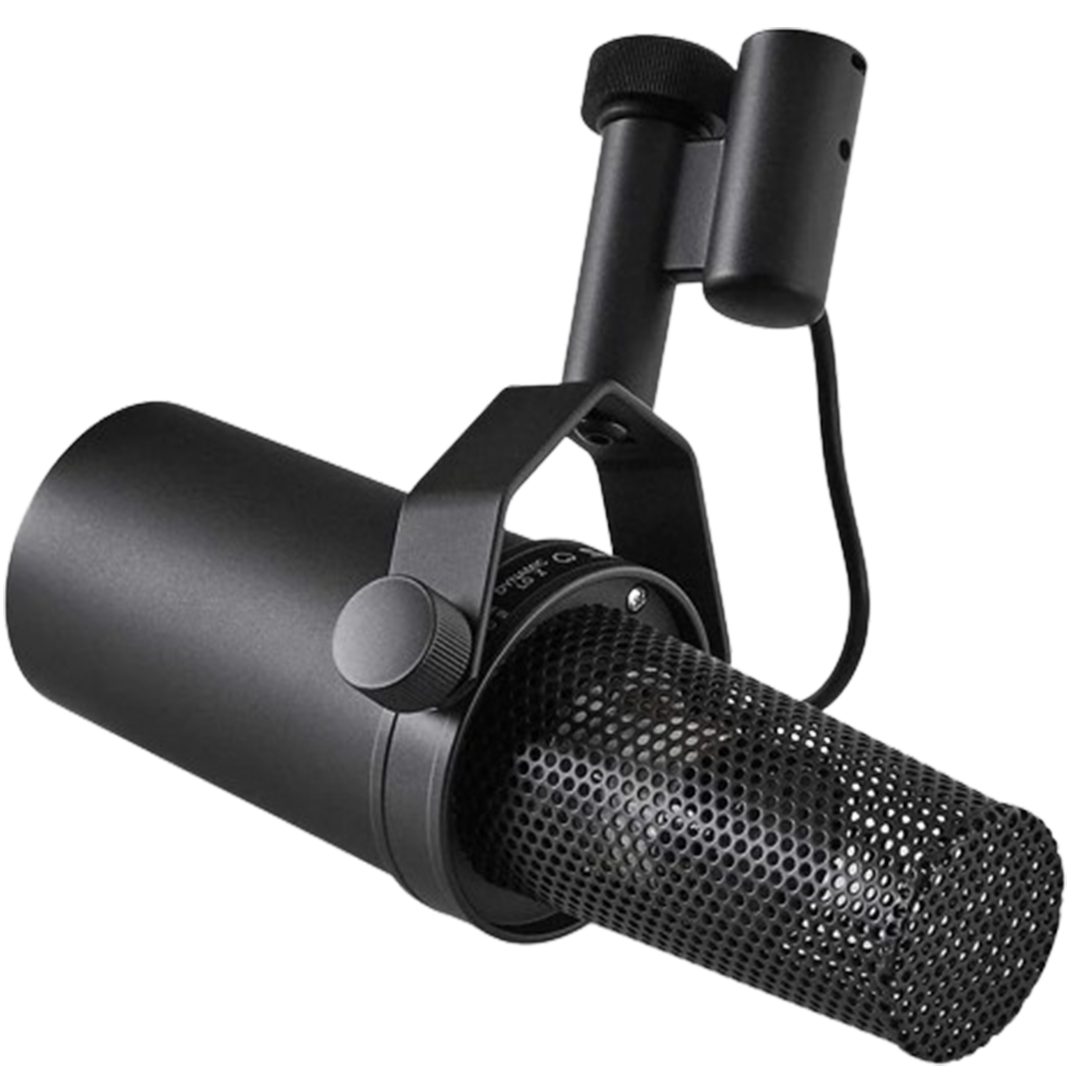
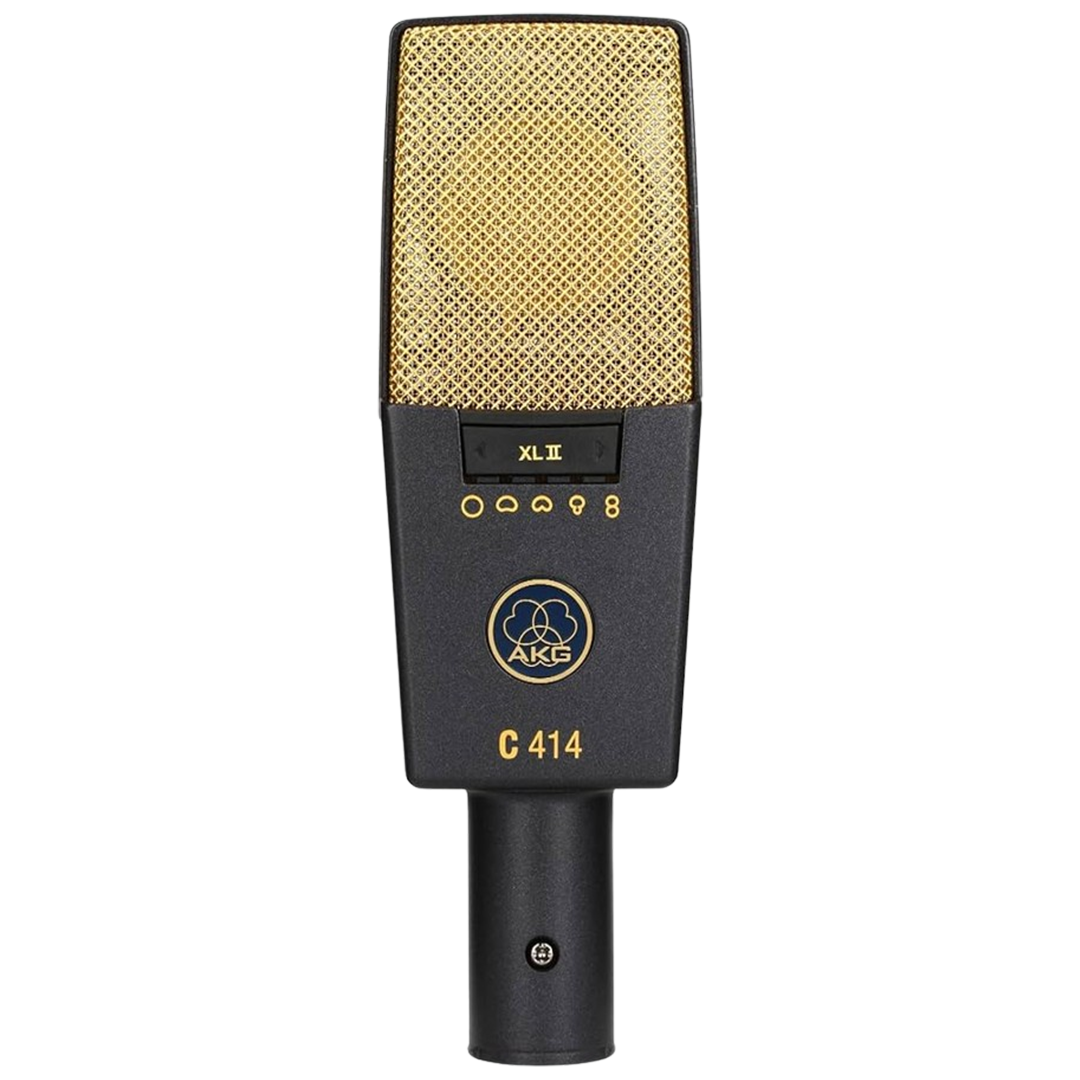
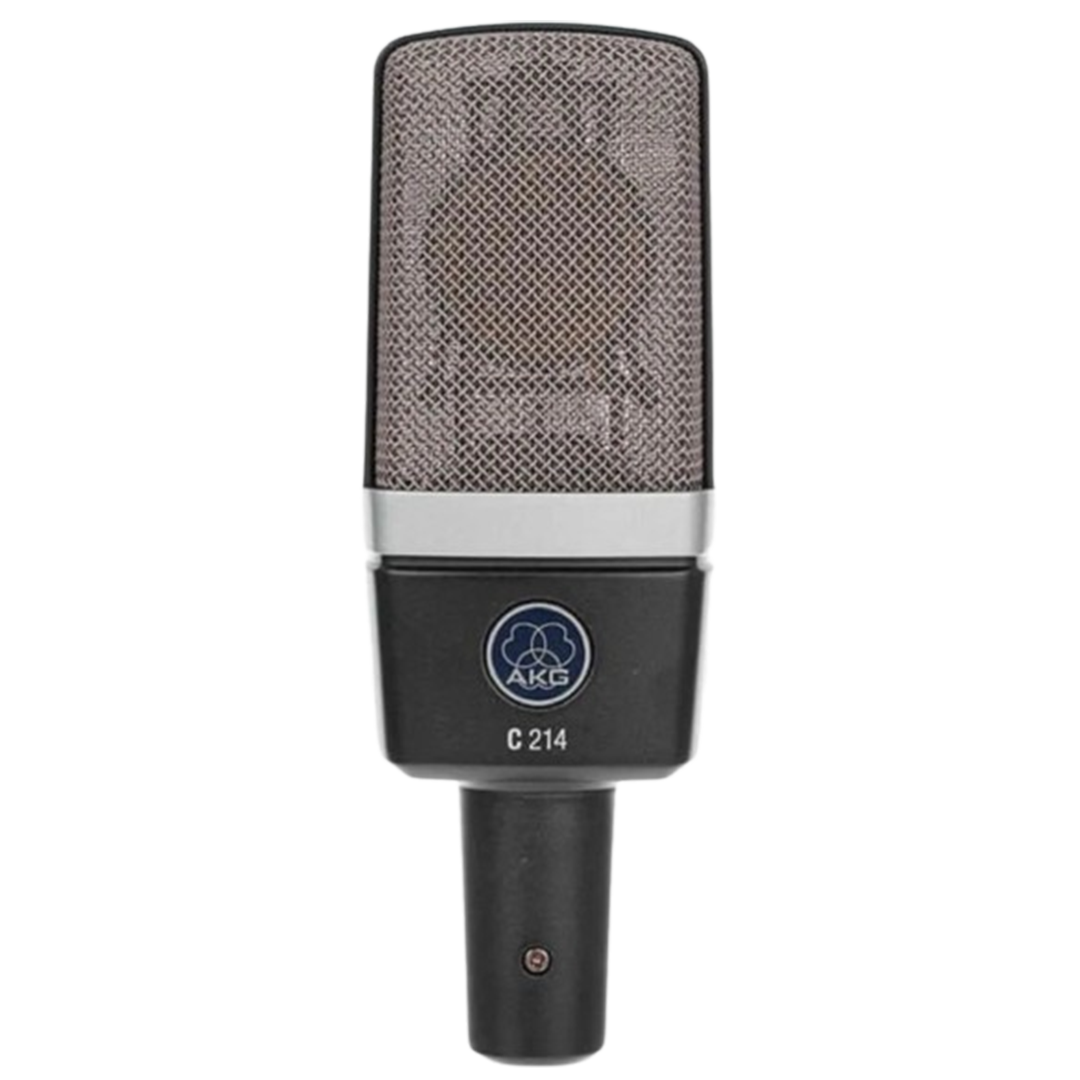
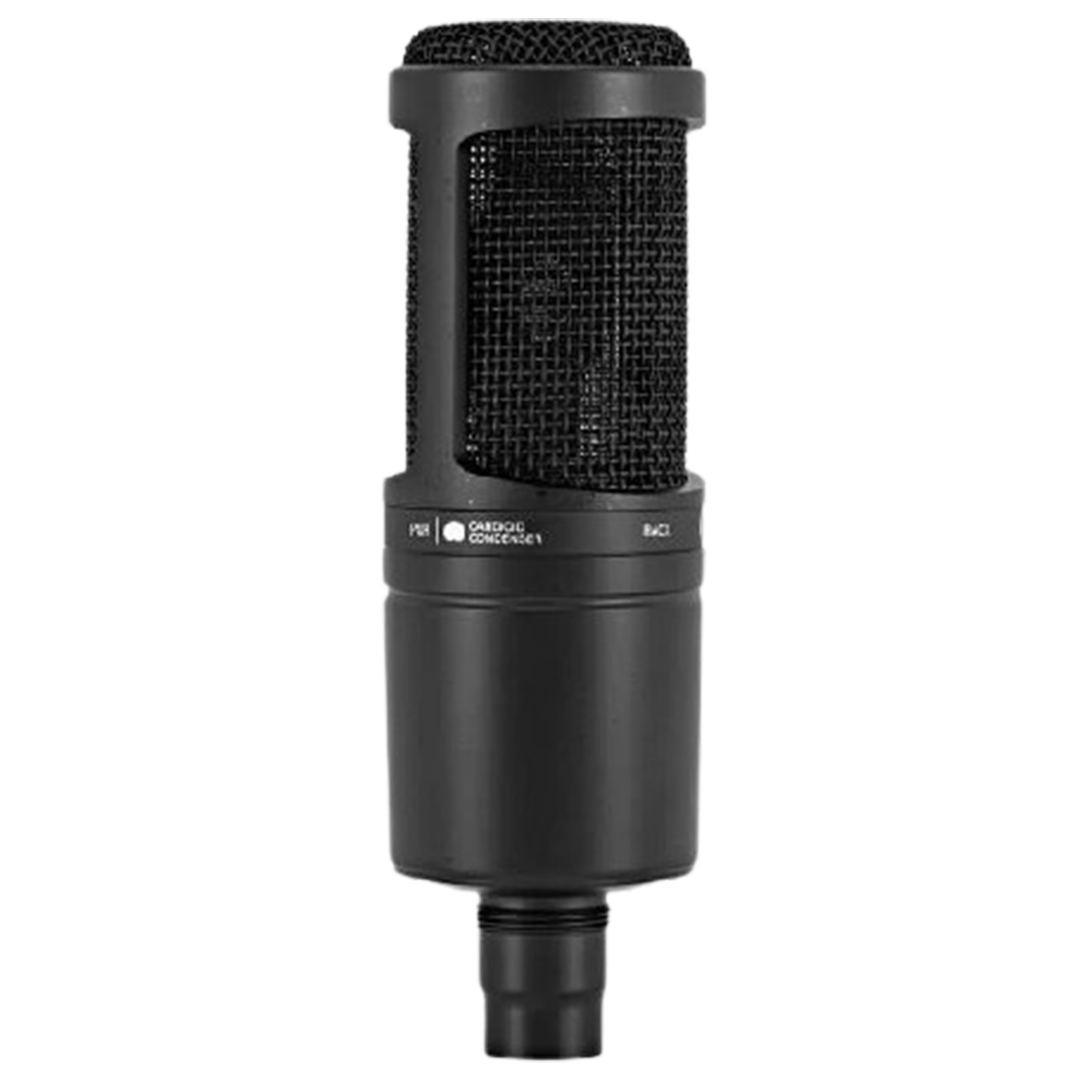
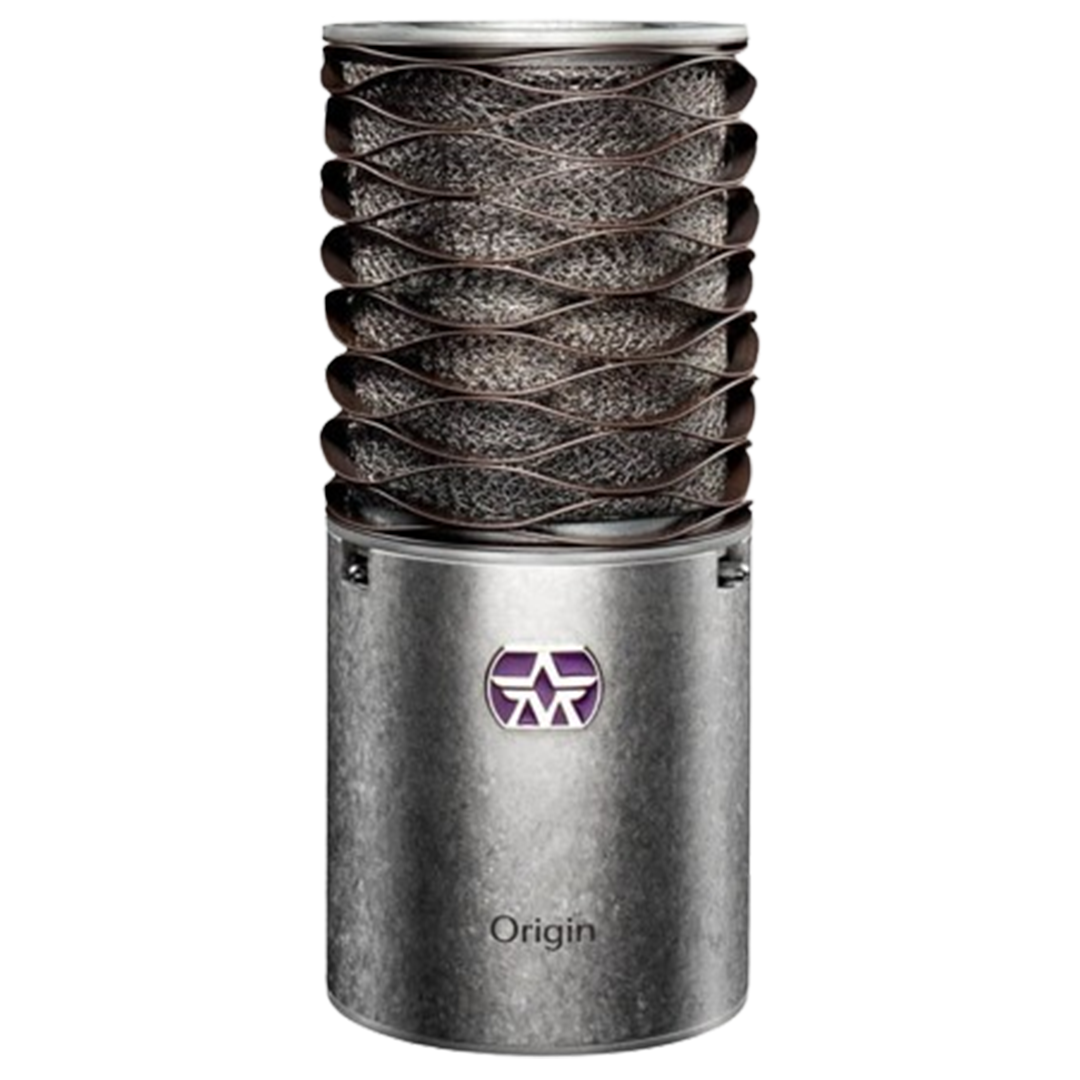
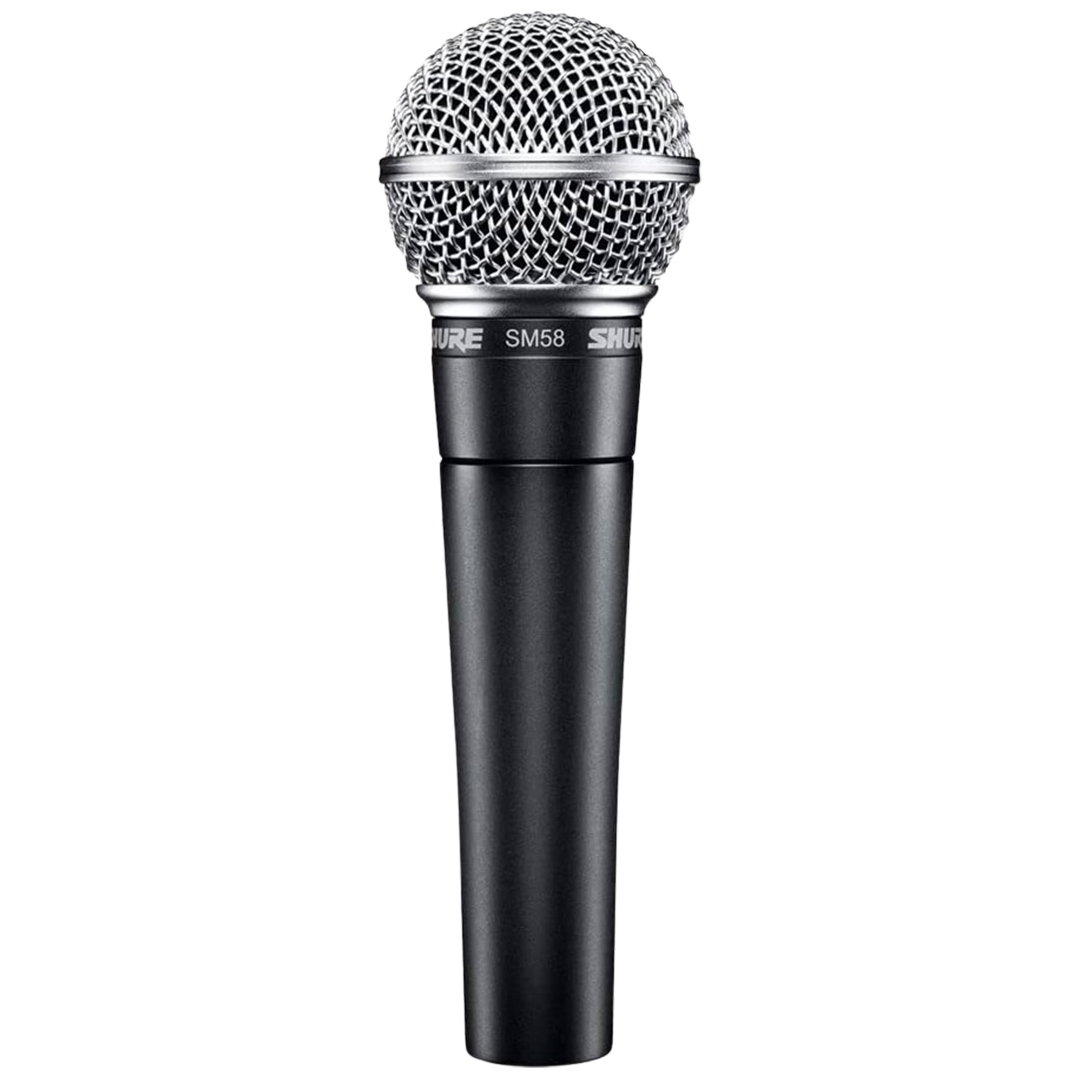
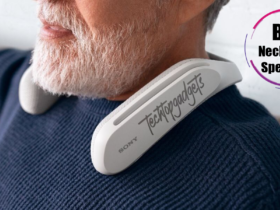
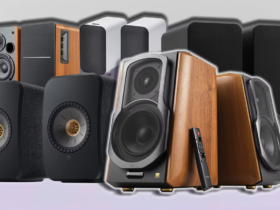
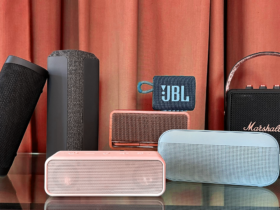
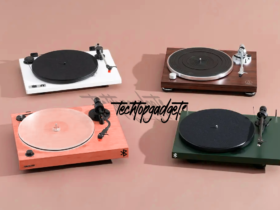

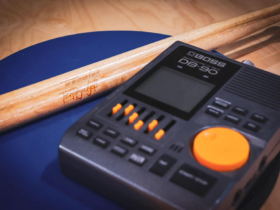
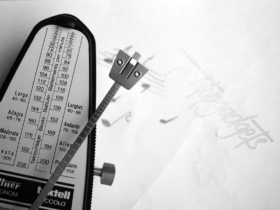
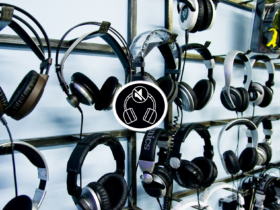
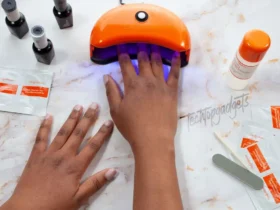
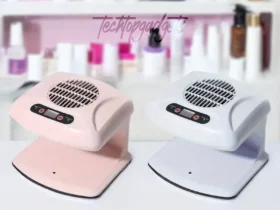
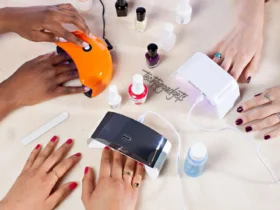

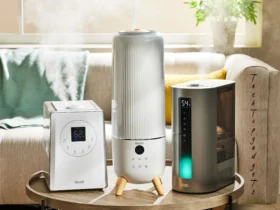
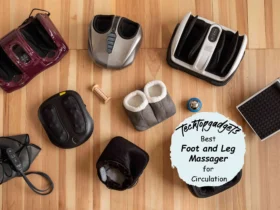
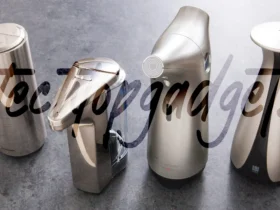
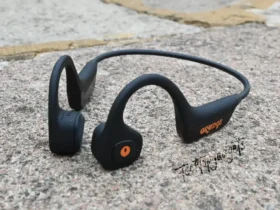
Leave a Reply